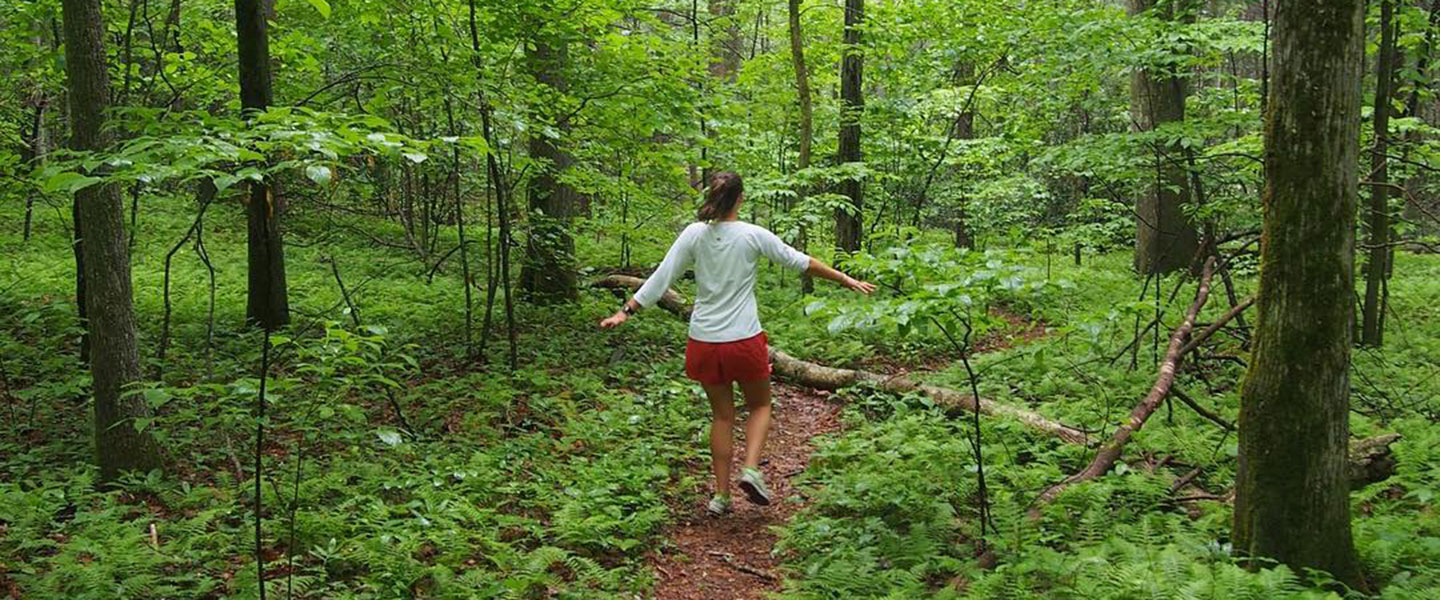
Open Space Across the Upstate
“Nature surrounds us, from parks and backyards to streets and alleyways. Next time you go out for a walk, tread gently and remember that we are both inhabitants and stewards of nature in our neighborhoods.” – David Suzuki
Open space defines our relationship to our communities by telling a story about the place we live. Across the Upstate – from the Swamp Rabbit Trail in Greenville to the Mary Black Rail Trail in Spartanburg – local identity is shaped by the way cities preserve and take advantage of open space. Despite its central importance in placemaking, the value of open space is far too often only realized after it’s gone. As the Upstate develops rapidly, the need to balance open space with new growth will only continue.
Open space typically refers to any land that is left mostly undeveloped and accessible to the public. Look closely, and you can find examples of open space all around us, such as public parks, community gardens, and landscaped walkable boulevards.
However, it’s worth noting that some neighbors may have to look harder for open space than others. According to a recent article on park access across the Lowcountry, low-income communities and BIPOC communities are less likely to live within a 10-minute walking distance from parks or green space. This disparity highlights the need for policies that create, preserve, and distribute open space more equitably across all communities.
The benefits of open space are numerous. One of the most important benefits of open space is its social value. Open space can help build social capital in a community by providing neighbors with opportunities for social interaction and engagement. In fact, one research study revealed that public parks in urban areas are directly correlated to higher reported levels of community well-being.
Open space improves health and well-being by providing opportunities for movement and recreation. A recent feature by the American Psychological Association also revealed that green space “nurtures” us by improving mental health and cognition.
Of course, open space helps our environment too. During the hot and humid days of summer, green spaces cool our cities down. Urban trees also support air and water quality by filtering pollutants and reducing stormwater runoff.
Across the nation, cities are beginning to wake up to the need for open space preservation. Some municipalities have employed zoning strategies to help balance land development with the need for open space as their population grows. For instance, incentive programs within zoning codes can encourage developers to provide specific public benefits as part of a development project, including open space or funding for open space acquisition and maintenance.
In exchange for public benefits, developers are allowed to exceed certain zoning limitations. For example, a height bonus is a logical way to incentivize the creation of additional open space in a development project, since building up, rather than out, allows more land area to be made available for use as open space. Other municipalities have created open space zoning districts to ensure open space is adequately preserved in future planning decisions.
Looking ahead, it’s clear that growth in the Upstate isn’t slowing down any time soon. But there are ways to manage growth to create even more livable and equitable communities for those who live here now. My hope is that local leaders across the Upstate region will work together to improve our quality of life by preserving ample open space before it’s too late.
Allie Martinsen is Land Policy Manager for Upstate Forever. You can email her at amartinsen@upstateforever.org.
